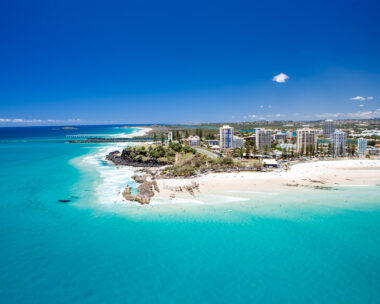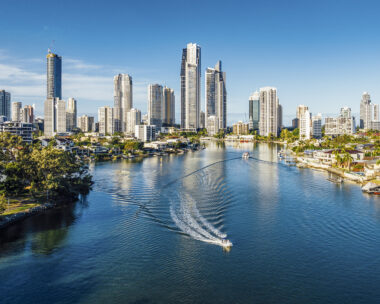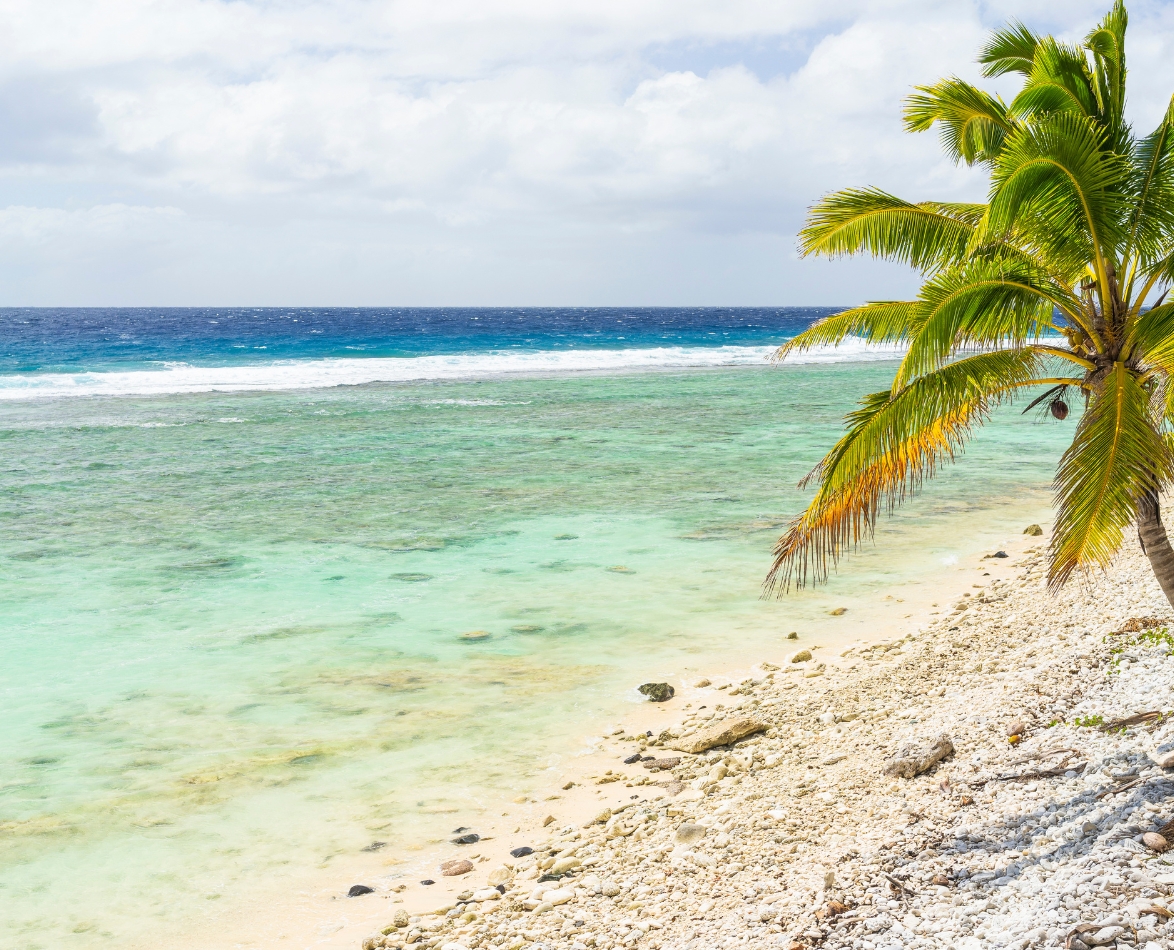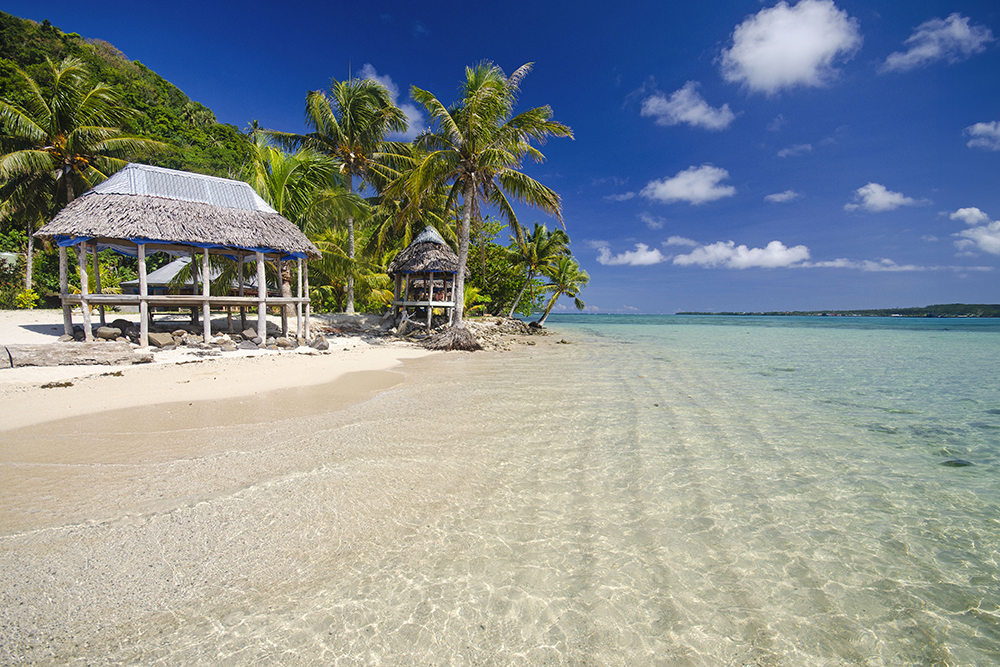Spending 48 hours in Saigon (as the locals call it) is just enough time to get a taste of the magnificent food and history of this bustling Vietnamese city.
My husband, our 13-year-old daughter and myself decided to focus on only a couple of things during our brief visit – see Ho Chi Minh City via Vespa, and delve into its war history, both in town and out in the country, at the Cu Chi tunnels – they were well worth the time.
There are a few Vespa city tours to choose from; we opted for a day trip with a guide. We set off first thing, before it got too hot – three scooter drivers with us riding pillion, weaving through traffic for four hours.
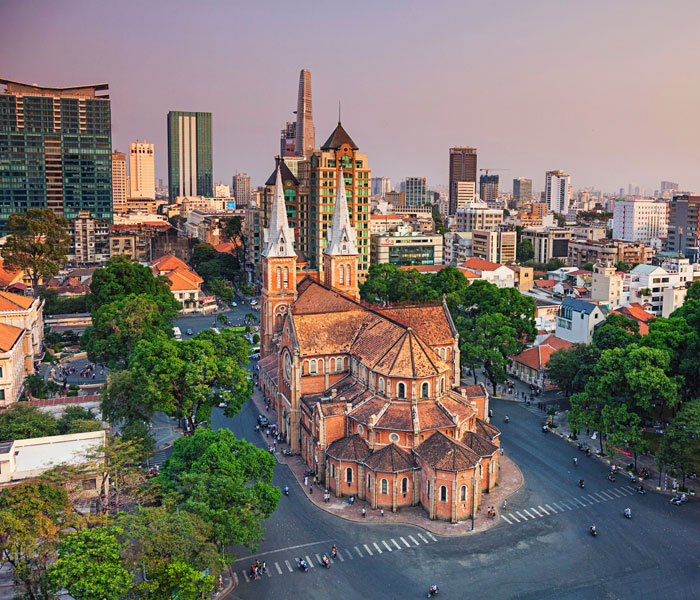
Notre Dame Cathedral was established by French colonialists in the late 1800s
What I loved about seeing the city this way was being able to get into the thick of it, as opposed to being in a taxi. We covered a lot of ground with our informed local guide answering what we wanted to know, as opposed to what a travel book might tell us.
Having our own guide gave us flexibility too – we asked to find a helmet shop to get a Vietnamese-style one for our Vespa back home, and were also able to take our time at the Burning Monk statue.
Thich Quang Duc died of self-immolation on a busy city intersection in 1963. He set fire to himself in protest against the persecution of Buddhist monks and Buddhism by the Catholic, US-supported president of South Vietnam, Ngo Dinh Diem.
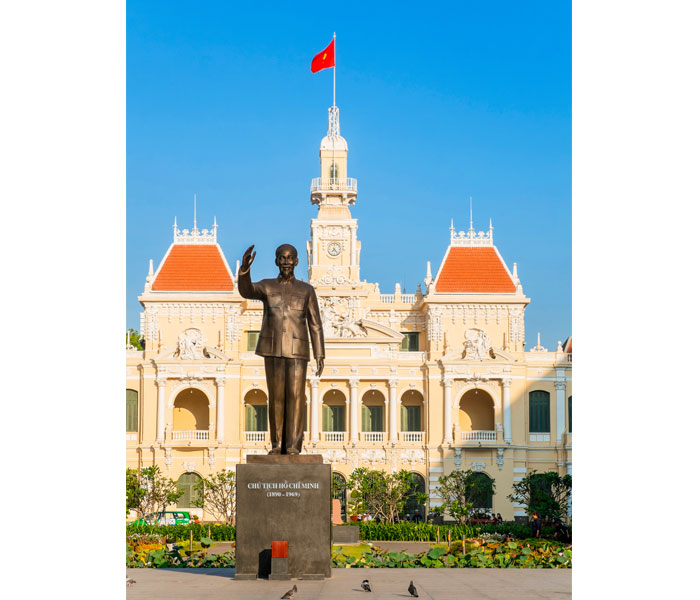
A statue of President Ho Chi Minh stands outside Saigon City Hall.
On a cheerier note, our Vespa guides dropped us at one end of the flower markets and picked us up at the other. It was a gorgeous walk through to a park where proud bird owners bring their prized caged songbirds for a daily sing and some sunshine while fellow owners and passers-by enjoy the lovely melodies.
Reunification Palace is fascinating, trapped in a 1975 time warp from when the official handover of power happened. While there, it inspired us to find the location of the famous photo where the last Americans were evacuated by helicopter. It’s interesting to note it is called the American War by the locals, not the Vietnam War.
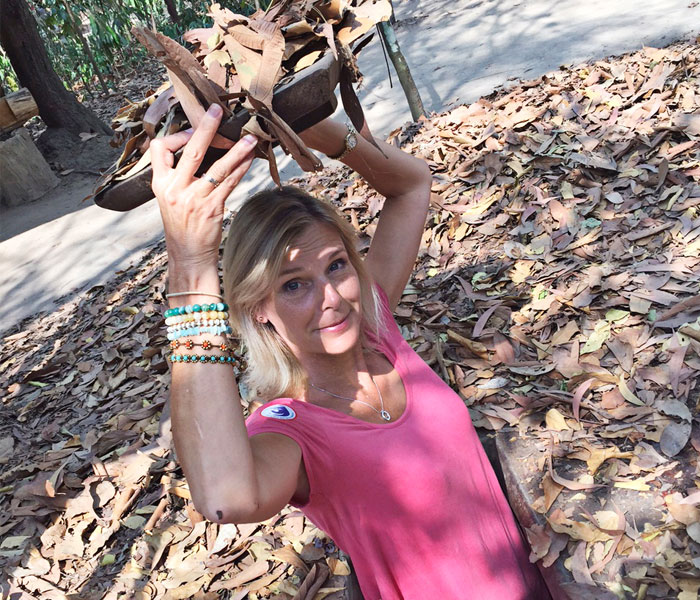
Jude visits Cu Chi tunnels, the vast underground network used by the Viet Cong during the war.
If you want to experience a little French flavour, visit Cong Xa Paris Street, where there’s a local version of Notre Dame Cathedral, as well as a beautiful Central Post Office designed by none other than Gustave Eiffel.
A short walk away is the rooftop bar at the Caravelle Hotel, a great place to finish your day with a cooling cocktail or milkshake for the young ones. Home to foreign war correspondents in the ’60s, it was the perfect place to reflect upon the Saigon of old and the enjoyment to be had today while in this fascinating city.
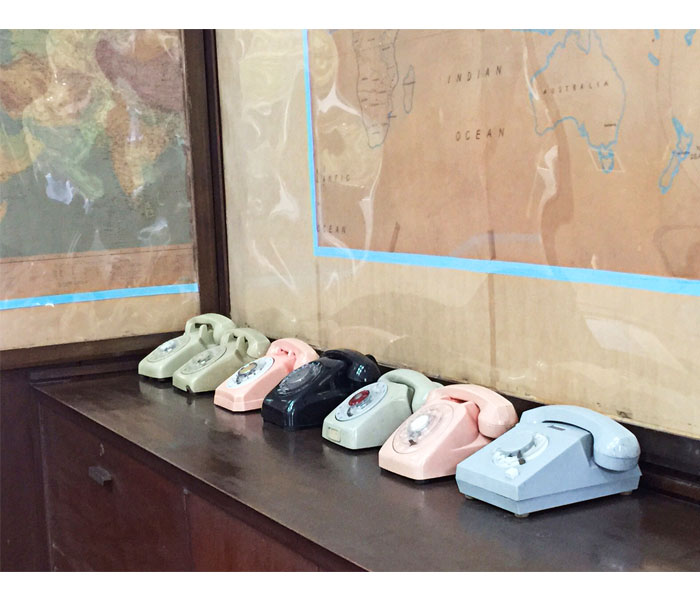
Vintage phones at Reunification Palace.
An insider’s guide to… Ho Chi Minh City
Best Tours: See the city on the back of a Vespa with a good tour operator. It’s safe, fun and the quickest way from A to B.
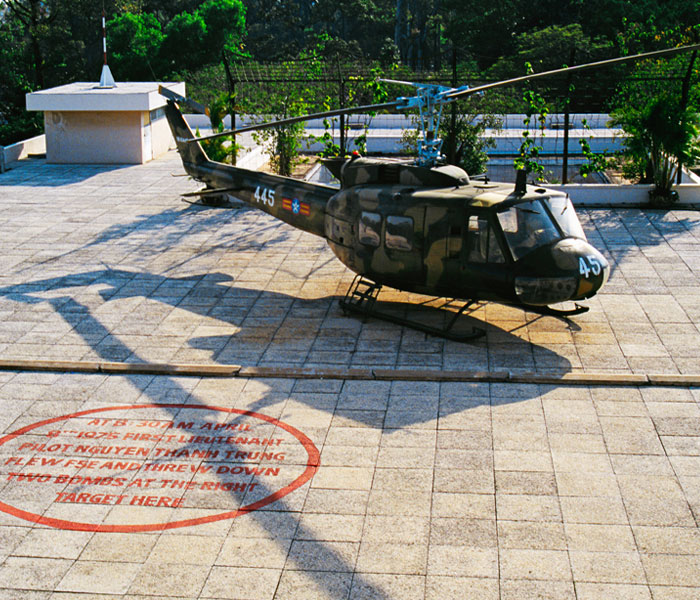
A historical bomb site.
Not to be missed:
Cu Chi tunnels take a couple of hours to get there and you’ll need at least another two more to experience the reality of life below ground. Are you brave enough to go down under?
Best Drink/Cocktail:
The cocktail list at the Caravelle Hotel is fantastic as is the view over the Opera House. You can imagine it as the 1960s hang out for war correspondents of the day.

